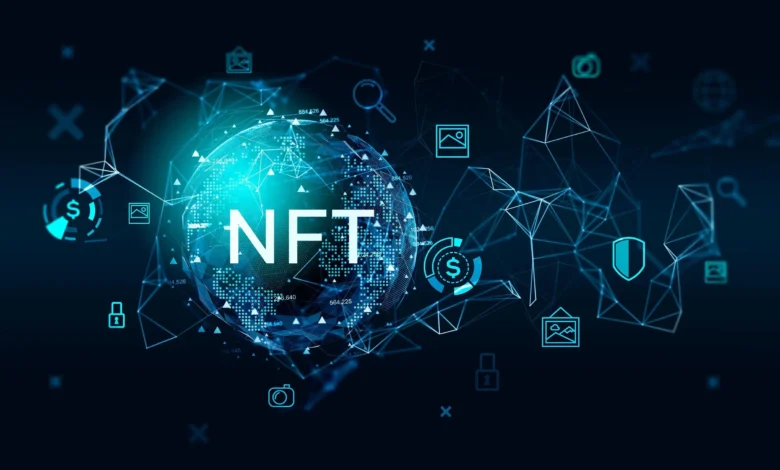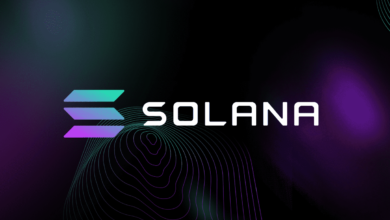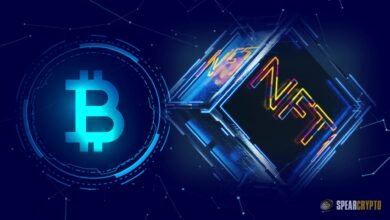
Blockchain technology’s integration drives a significant change in the financial scene. Emerging Non-Fungible Token (NFT) bonds represent one of the most exciting developments in this field. With improved accessibility, transparency, and liquidity, these digital assets are ready to transform conventional financial instruments.
NFT Bonds and Blockchain Innovation
Traditional bonds are debt securities issued by governments or businesses to generate money. They have set interest returns over a period. However, the bond market has sometimes been marked by restricted access, with investments usually saved for certified individuals and big organizations. Using blockchain technology to generate tokenized versions of conventional bonds, NFT bonds seek to democratize this area.
Turning bonds into NFTs gives these financial tools distinct, traceable blockchain transferability. This tokenization method makes fractional ownership possible, letting more investors participate in the bond market. Furthermore, blockchain technology’s openness guarantees that every transaction and interest payment is safely recorded and readily available, lowering the possible fraud risk and improving investor confidence.
NFT Bonds Access, Transparency & Liquidity
The fractionalization of NFT bonds lowers the investment requirement, allowing individual investors to engage in markets previously dominated by big companies. This inclusiveness creates a more varied and vibrant investing environment.

The unchangeable ledger of blockchain guarantees that every NFT bond-related transaction is open and tamper-proof. Real-time tracking of investors’ interests and ownership helps build confidence and lessens the demand for middlemen.
Liquidity constraints can define traditional bonds; hence, buying or selling holdings before maturity is complex. On secondary markets, NFT bonds, however, are readily exchanged and give investors more freedom and quick response to market changes.
Blockchain-Based Bonds Adoption
Several financial institutions are now investigating blockchain-based bonds. For example, in 202,1, the European Investment Bank (EIB) issued its first digital bond on a public blockchain to expedite bond issuing and improve openness.
Likewise, the World Bank, Daimler AG, and the Commonwealth Bank of Australia have issued blockchain-based bonds to show the increasing viability and interest in combining blockchain technology with conventional financial tools.
Challenges and Considerations
Despite the promising advantages, the adoption of NFT bonds faces several challenges:
-
Regulatory Uncertainty: The evolving nature of blockchain technology has led to a complex regulatory environment. Clear guidelines are essential to ensure compliance and protect investors.
-
Market Acceptance: Transitioning from traditional bond markets to blockchain-based systems requires buy-in from various stakeholders, including investors, issuers, and regulators.
-
Technological Integration: Integrating blockchain solutions with existing financial infrastructure poses technical and operational challenges that must be addressed to ensure seamless functionality.
Future Outlook
The tokenization of bonds represents a significant shift towards more efficient, transparent, and inclusive financial markets. As blockchain technology improves and legal frameworks become clearer, NFT bonds may change the market. Financial institutions and investors alike should stay abreast of these developments to capitalize on the opportunities presented by this innovative financial instrument.








